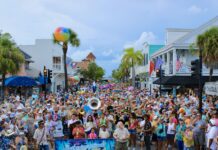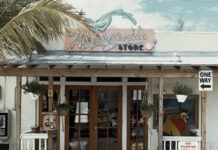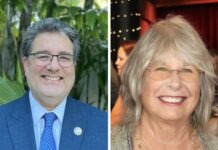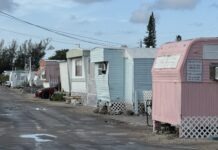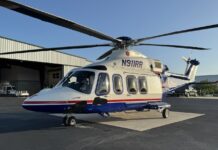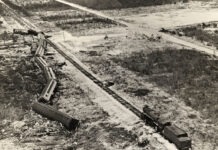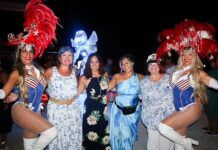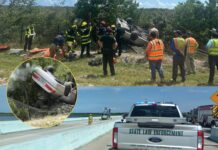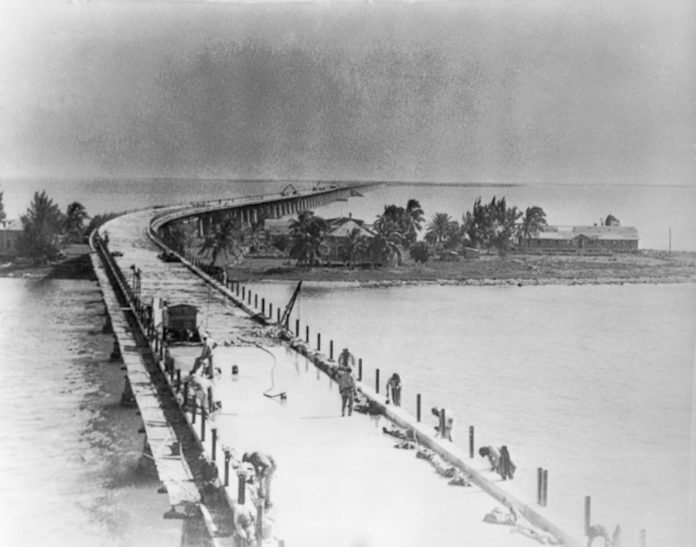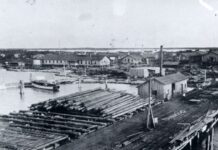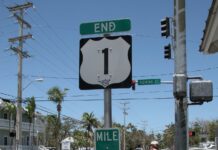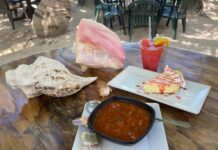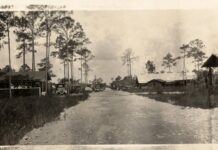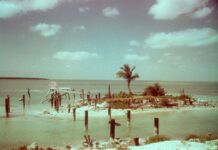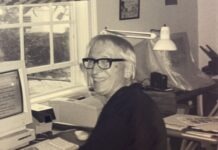By 1928 it was possible to drive an automobile from Miami to Key West. Well, not all the way to Key West.
The first iteration of the road that would become the Overseas Highway was created with a significant gap, requiring a four hour, 40-mile trip aboard an automobile ferry. Drivers would board the ferry at Lower Matecumbe Key and disembark at No Name Key where it was then possible to drive the rest of the way to Key West.
The ferry system was not the most reliable source of transportation which is why, in 1934, World War I veterans were brought to the Keys to begin building a series of concrete structures that would bridge the gap.
On Sept. 2, 1935, the Category 5 Labor Day Hurricane destroyed 40 miles of Henry Flagler’s Over-Sea Railroad and took hundreds of lives, including those of more than 200 veterans.
It was decided that instead of repairing the train tracks, the standing train bridges would be widened to create automobile bridges. The Key West Citizen announced on March 28, 1938, “Several Thousand Automobiles And 10,000 Visitors Expected To Arrive In Key West During Next Few Days.” This new iteration of the Overseas Highway would travel over the Upper Keys, pass through the Middle Keys, and create a direct path from the mainland to Key West when it re-opened to traffic on March 29, 1938.
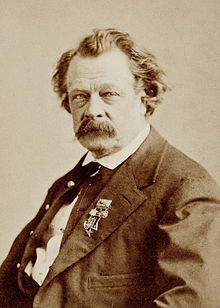 Nearly 100 years before Ernest Hemingway set foot on Key West, Edward Zane Carroll Judson arrived in the Keys.
Nearly 100 years before Ernest Hemingway set foot on Key West, Edward Zane Carroll Judson arrived in the Keys.
Judson ran off to join the U.S. Navy as a teenager and served aboard the U.S. Cutter Ostego. The Ostego visited Fort Paulding, a Navy “fort” established on Indian Key after the 1840 Indian attack during the Seminole War.
Like Hemingway, Judson served time in the military, liked to fight and liked to write. Judson would write a piece called “Sketches of the Florida War” that was published in the Pensacola Gazette on March 29, 1845 and originally credited to the Western Literary Journal and Monthly Review.
Included in the piece were words about the dubious Jacob Housman of Indian Key. He wrote, “wrecks came rapidly and as his purse swelled, his importance likewise extending. He took great care to let none except those who were subservient to his will, reside upon the island, this literally making himself a monarch of all he surveyed. After his return from Charleston, was doubly successful in his calling, and his property rapidly increased on the one hundred thousand principal three or four times multiplied.” Judson wrote that Housman “spent such care upon its (Indian Key’s) improvements, that it soon became a miniature eden.”
About the attack on Indian Key he wrote, “The attacking party was led by Chico and Chikika, two celebrated and bloody chiefs. They were supposed to consist of from two hundred to two hundred and fifty to three hundred in number.”
Judson became a celebrated writer more commonly recognized by his pen name, Ned Buntline. It was Buntline who brought to life the times and adventures of William F. “Buffalo Bill” Cody.
